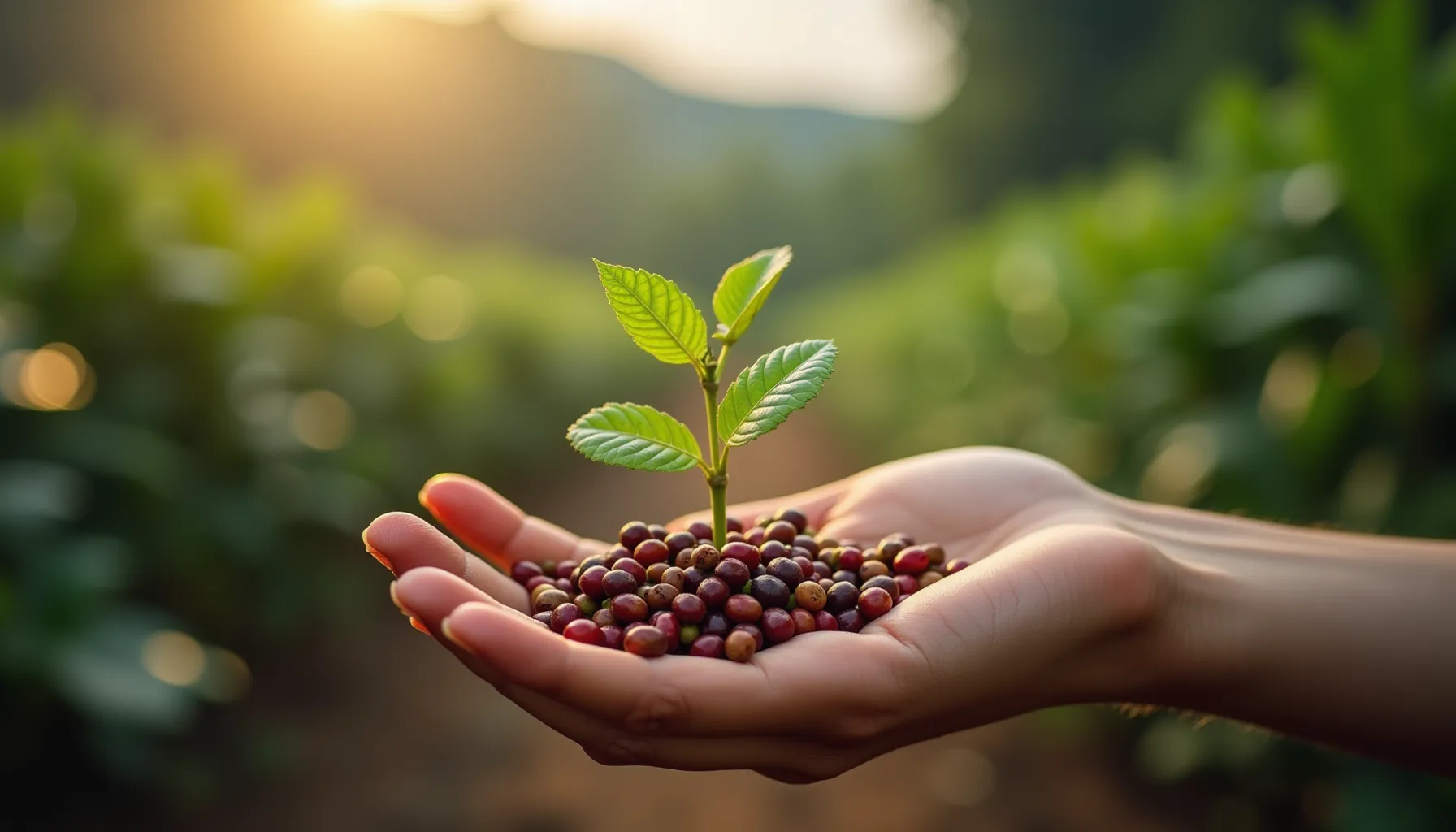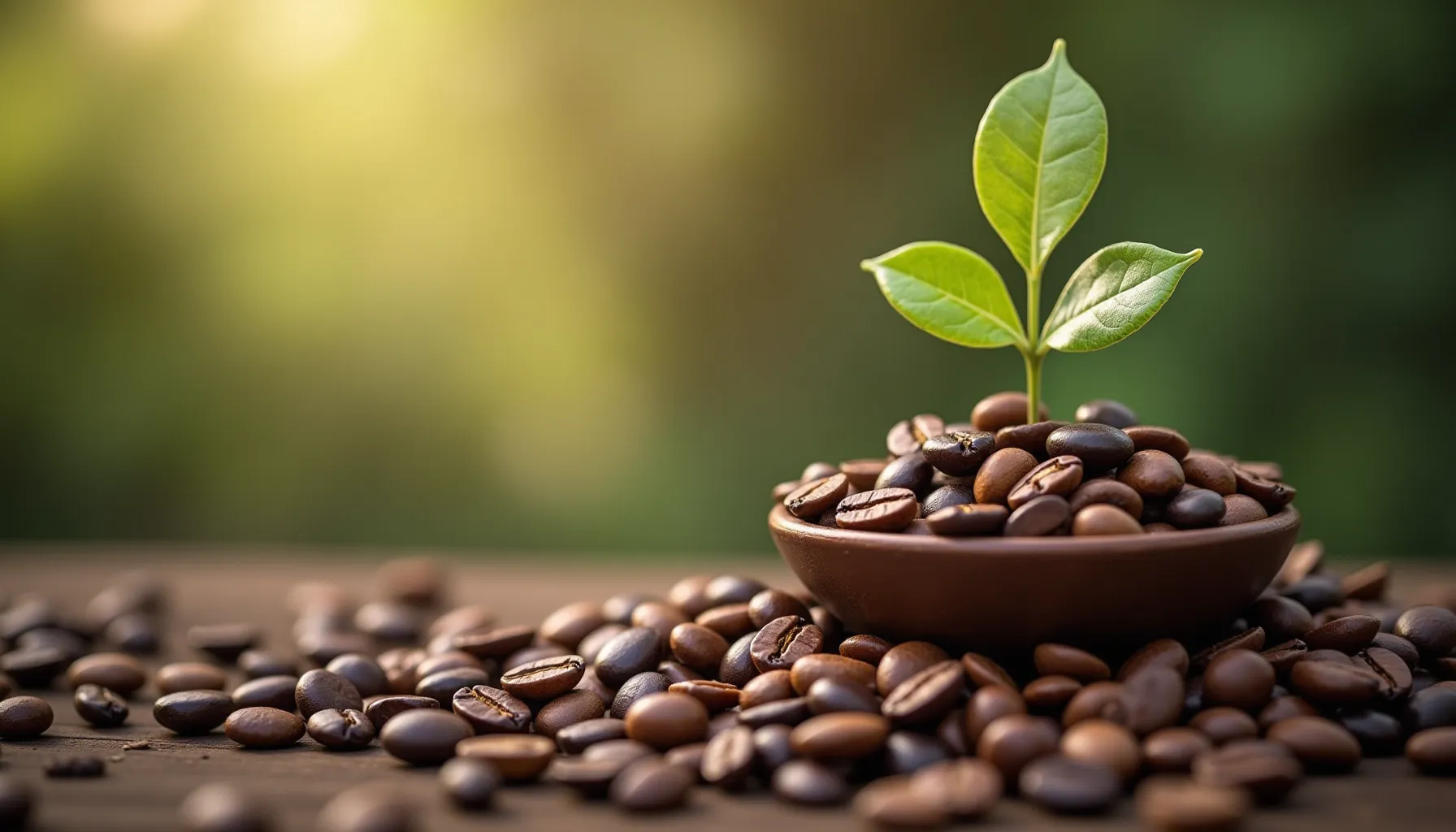Coffee beans in Stardew Valley are a game-changer, and I'm here to spill the beans on why they're worth your time. As a fellow farmer who's spent countless hours tending virtual crops, I can tell you these little powerhouses are more than just a caffeine fix.
When I first discovered coffee beans, I was skeptical. Could they really compete with my trusty blueberries? But let me tell you, they've become the backbone of my farm's success.
In this guide, we'll dive into everything from finding your first bean to brewing up profits and speed boosts. Whether you're a seasoned player or just starting out, you'll learn how to turn these beans into a versatile tool for farming, socializing, and adventuring in Pelican Town.
So grab a cup of joe (virtual or real), and let's explore how coffee beans can revolutionize your Stardew Valley experience. Trust me, by the end of this, you'll be as excited about these magical beans as I am!

Essential Knowledge for Coffee Bean Cultivation
Before we dive into the nitty-gritty of coffee bean farming in Stardew Valley, let's make sure you're equipped with everything you need. Trust me, being prepared will save you a lot of headaches down the road!
First things first, you'll need the base game of Stardew Valley. No special DLCs are required for coffee bean cultivation, which is great news for your wallet.
In-Game Tools
To get started, you'll need a few basic farming tools:
- Hoe: For tilling the soil
- Watering Can: To keep your coffee plants hydrated
- Kegs: Essential for brewing coffee (you'll unlock these later)
Don't worry if you don't have all of these right away. You'll acquire them naturally as you progress through the game.
Acquiring Coffee Beans
Getting your hands on your first coffee bean can be tricky. Keep an eye out for the Traveling Cart in Cindersap Forest on Fridays and Sundays. You might also get lucky and find one while foraging in spring (from Year 2 onwards) or by defeating Dust Sprites in the mines.
Remember, patience is key in Stardew Valley. Your coffee empire won't sprout overnight, but with these essentials, you'll be well on your way to caffeinated success!
Cultivating Your Coffee Empire
1. Acquiring Your First Coffee Bean
Ready to kickstart your coffee journey? Here's how to snag that elusive first bean:
- Traveling Cart: Check Cindersap Forest on Fridays and Sundays. It's pricey at 2,500g, but worth it!
- Dust Sprite farming: Venture into the mines (levels 40-79) and cross your fingers for a lucky drop.
- Spring foraging: From Year 2 onwards, keep your eyes peeled while exploring in spring.
Pro tip: Don't get discouraged if it takes a while. That first bean is your golden ticket to coffee paradise!
2. Planting and Caring for Coffee Plants
Got your bean? Let's get planting:
- Till the soil with your hoe.
- Plant in spring or summer (or year-round in the greenhouse).
- Water daily unless you're using sprinklers.
Remember, coffee plants take 10 days to mature. Patience is key!
3. Harvesting Your Coffee Beans
Once mature, your plants will produce beans every two days. Here's what to expect:
- Typical yield: 4 beans per harvest
- Lucky bonus: 2% chance for extra beans
Quick tip: Consider using Junimo Huts for automated harvesting once you've expanded your operation.
4. Maximizing Coffee Bean Production
Ready to scale up? Try these advanced strategies:
- Greenhouse growing: For year-round production
- Efficient layouts: Group plants for easy watering and harvesting
- Quality fertilizer: Boost your profits with higher-quality beans
Remember, a well-planned coffee farm can be your ticket to a thriving Stardew Valley economy!

From Bean to Community: Integrating Coffee into Your Stardew Strategy
As we've journeyed through the world of coffee beans in Stardew Valley, it's clear that these little powerhouses offer more than just a virtual caffeine boost. They're a gateway to efficient farming, strategic gameplay, and even stronger community bonds.
Remember, success with coffee beans isn't just about maximizing profits. It's about finding the right balance for your playstyle. Whether you're using that speed boost to delve deeper into the mines or brewing up gifts to win over the townsfolk, coffee can enhance every aspect of your Stardew Valley experience.
As you incorporate coffee into your farm, consider how it fits into your broader goals. Are you aiming for Community Center completion? Coffee can help you move faster to gather materials. Focused on friendships? A cup of joe might be the perfect gift for that hard-to-please villager.
Ultimately, coffee farming in Stardew Valley mirrors real-life agriculture in many ways - it requires patience, planning, and adaptability. So embrace the process, experiment with different strategies, and most importantly, enjoy the rich tapestry of farm life that coffee cultivation adds to your virtual world.
Additional Tips/FAQs
Q: Can I process coffee beans in a Seed Maker?
A: Unfortunately, coffee beans can't be processed in Seed Makers. They self-propagate by producing more beans during harvests.
Q: Do coffee plants die after the growing season?
A: Coffee plants will die at the end of summer if planted outdoors. However, they'll continue producing year-round if planted in the greenhouse.
Q: How does coffee compare to other speed-boosting foods in the game?
A: Coffee provides a solid speed boost and is relatively easy to produce in large quantities. While some foods like Spicy Eel offer additional benefits, coffee's accessibility makes it a popular choice for continuous use.
Tip: Consider pairing your coffee production with bee houses. Coffee flowers are loved by bees, potentially increasing your honey quality and further diversifying your farm income.
Tip: When gifting coffee, remember that most adult villagers like it, but children and Jas and Vincent don't. It's a great universal gift for building friendships quickly!












